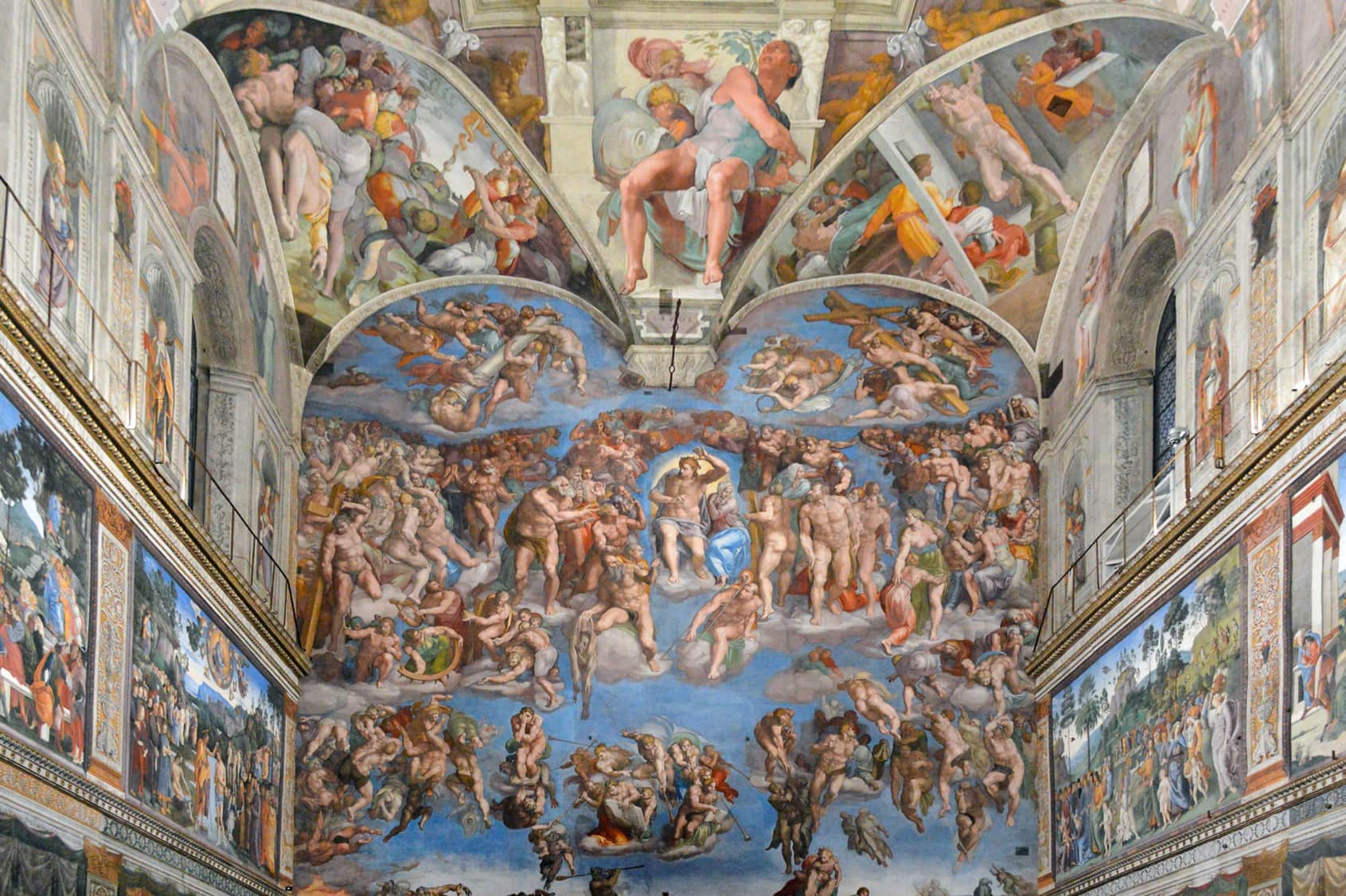
What is a proselyte? A proselyte is a person who converts to a new faith or cause, often from a non-Jewish background to Judaism. This term, rooted in the Greek word "prosēlutos," means "one who has come to" or "a convert." Throughout history, proselytism has played a significant role, especially during the Second Temple period. Notable figures like the royal family of Adiabene and Nicolas the deacon were proselytes. The process of becoming a proselyte involved steps like circumcision for men, baptism, and instruction in Jewish laws. Proselytes were integral to spreading Judaism and early Christianity, shaping religious communities across different eras.
Key Takeaways:
- Proselytes are individuals who convert to Judaism, playing significant roles in history and religious communities. They were subject to detailed laws and regulations, and their inclusion in early Christianity was crucial.
- The term "proselyte" originates from the Greek word "prosēlutos," meaning "one who has come to" or "a convert." Proselytes varied in their adherence to Jewish laws and customs, and their historical and biblical examples showcase their importance.
What is a Proselyte?
A proselyte is someone who converts to a new faith or cause. This term is most often associated with individuals who embrace Judaism from a non-Jewish background.
-
Definition of Proselyte: The word "proselyte" comes from the Greek "prosēlutos," meaning "one who has come to" or "a convert."
-
Historical Context: Proselytism was common during the Second Temple period, involving people from various social classes.
Notable Converts in History
Throughout history, several prominent figures have converted to Judaism, making significant impacts on their communities and beyond.
-
Royal Family of Adiabene: This royal family converted to Judaism, showcasing the widespread influence of the faith.
-
Aquila and/or Onkelos: These notable figures also embraced Judaism, contributing to its rich history.
-
Flavius Clemens: The nephew of Vespasian, a Roman emperor, converted to Judaism.
-
Fulvia: The wife of Saturninus, a Roman senator, also embraced the Jewish faith.
-
Mass Conversion of the Edomites: John Hyrcanus led a unique case of forced conversion in Judaism.
Rabbinic Views and the Admission Process
Rabbis have always played a crucial role in the conversion process, ensuring that new converts understand and adhere to Jewish laws and traditions.
-
Rabbinic Pride: Rabbis took pride in the fact that some of their greatest figures were descended from proselytes.
-
Detailed Laws: Rabbis discussed and codified detailed laws governing the acceptance of proselytes, which remain standard in Orthodox Judaism.
-
Admission Process: The process involved questioning the individual's reasons for conversion and instructing them in Jewish commandments.
-
Circumcision and Baptism: Male converts had to undergo circumcision and baptism, while female converts only required baptism and the offering of sacrifice.
Proselytes in the New Testament
The New Testament mentions proselytes several times, highlighting their importance in early Christian communities.
-
New Testament References: The term "proselyte" appears four times in the New Testament.
-
Jesus and the Pharisees: In Matthew 23:15, Jesus refers to the proselytizing zeal of the Pharisees.
-
Pentecost: Proselytes were present at Pentecost (Acts 2:10).
-
Nicolas the Deacon: Nicolas, a proselyte, was one of the deacons appointed by the primitive church at Jerusalem (Acts 6:5).
-
Paul and Barnabas: Many devout proselytes followed Paul and Barnabas after their sermon in Antioch of Pisidia (Acts 13:43).
Types of Proselytes and Sympathizers
Different types of proselytes existed, each with varying levels of adherence to Jewish laws and customs.
-
Proselytes of the Gate: These individuals were not required to be circumcised or comply with Mosaic ceremonial law.
-
Proselytes of Righteousness: Fully integrated into Jewish society, these converts adhered to all Jewish laws.
-
Sympathizers with Judaism: Known as "fearing God" or "reverencing God," these individuals attended synagogue worship but were not circumcised.
Historical and Biblical Examples
Historical and biblical texts provide numerous examples of proselytes, showcasing their significant roles in religious communities.
-
Josephus on Proselytes: Josephus noted the widespread interest in converting to Judaism beyond Palestine.
-
Abraham the Proselyte: This notable family engaged in biblical interpretation and criticized Christian exegesis.
-
Piyyutim by Proselytes: Josephiah the proselyte composed six piyyutim, showcasing his knowledge of Hebrew and Latin.
Legal Status and Rabbinic Regulations
The legal status of proselytes was sometimes debated among rabbis, who established various regulations to ensure harmony within the Jewish community.
-
Legal Status: Proselytes were subject to Jewish law, including dietary restrictions and Sabbath observance.
-
Baptism for Proselytes: The necessity of baptism for proselytes is debated, though it was likely required for temple admission.
-
Rabbinic Formula: The formula for admitting a proselyte included a declaration of Israel's affliction and the individual's willingness to share these afflictions.
-
Regulations for Proselytes: These regulations aimed to promote harmony within the Jewish community by prohibiting practices repulsive to Jews.
New Testament Events and Paul's Mission
Events in the New Testament and Paul's mission to the Gentiles highlight the evolving treatment of proselytes in early Christianity.
-
Peter's Vision: Peter realized that the Holy Spirit recognized no value of circumcision in salvation, marking a significant turning point.
-
Paul's Stand on Circumcision: Paul refused to circumcise Titus but circumcised Timothy for greater acceptance among Jews.
-
Divergence of Views: Among rabbis, there was divergence regarding the admission and standing of proselytes.
Historical Periods and Biblical References
Proselytism played a significant role during various historical periods, with numerous biblical references highlighting its importance.
-
Historical Periods: Proselytism was significant during the Second Temple period and the early Christian era.
-
Biblical References: The word "proselyte" appears in several biblical passages, including Numbers 35:15 and Psalms 94:6.
Early Christian Community and Notable Figures
The early Christian community included proselytes who played crucial roles in spreading Christianity among the Gentiles.
-
Early Christian Community: Proselytes were integral to the early Christian community.
-
Nicolas the Proselyte: Nicolas, a deacon, reflects the inclusion of Gentile converts in early Christian leadership.
-
Ethiopian Eunuch: Likely a proselyte, his conversion by Philip the Evangelist is recorded in Acts 8:27-40.
-
Paul’s Mission: Paul’s mission to the Gentiles involved converting many proselytes.
Pharisaic Zeal and Talmudic Period
The Pharisees' zeal for proselytizing and the Talmudic period's regulations highlight the ongoing significance of proselytism.
-
Pharisaic Zeal: The Pharisees were known for their zeal in proselytizing, criticized by Jesus in Matthew 23:15.
-
Talmudic Period: During this period, rabbis codified laws governing the acceptance of proselytes.
-
Ger in the Talmud: The term "ger" refers to a proselyte, with specific requirements for admission.
-
Rashi’s Interpretation: Rashi interpreted "ger" as a proselyte who has died leaving no next of kin among Jews.
-
Gezel Hager: The law of gezel hager underscores the importance of treating all community members with respect and fairness.
The Impact of Proselytes
Proselytes have played a crucial role in shaping religious and cultural landscapes. From the Second Temple period to early Christianity, their influence is undeniable. They brought fresh perspectives, enriched communities, and often became key figures in spreading faith. The process of becoming a proselyte, involving steps like circumcision and baptism, was rigorous but meaningful. Notable converts, like the Ethiopian eunuch and Nicolas the proselyte, highlight the diverse backgrounds of those who embraced new beliefs. Rabbinic views and biblical references further underscore the importance of proselytes in religious history. Understanding their journey offers valuable insights into the complexities of religious conversion and community integration. Proselytes remind us that faith transcends boundaries, welcoming all who seek it with open arms. Their legacy continues to inspire and shape the way we view religious inclusivity today.
Frequently Asked Questions
Was this page helpful?
Our commitment to delivering trustworthy and engaging content is at the heart of what we do. Each fact on our site is contributed by real users like you, bringing a wealth of diverse insights and information. To ensure the highest standards of accuracy and reliability, our dedicated editors meticulously review each submission. This process guarantees that the facts we share are not only fascinating but also credible. Trust in our commitment to quality and authenticity as you explore and learn with us.


